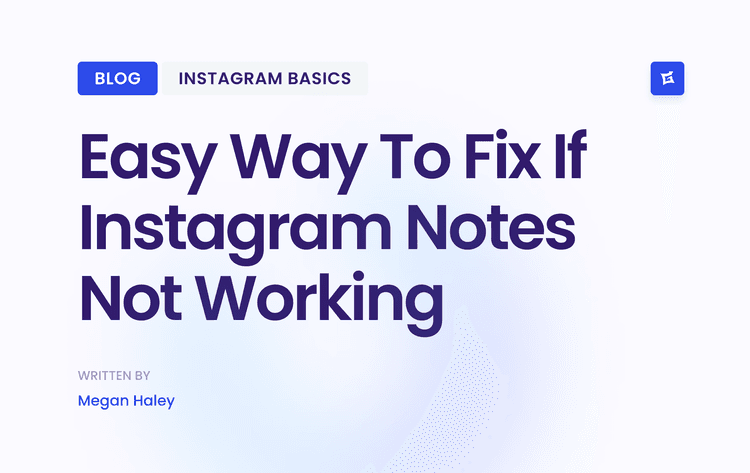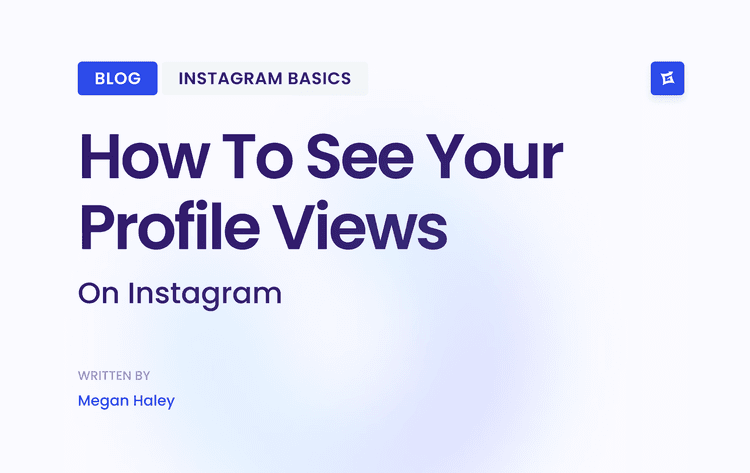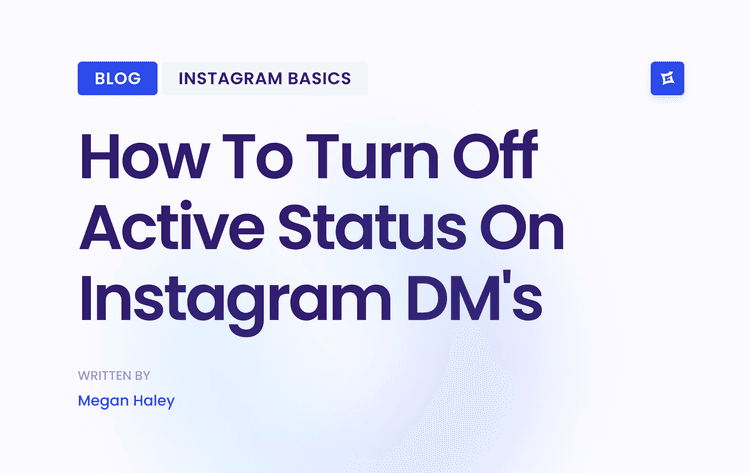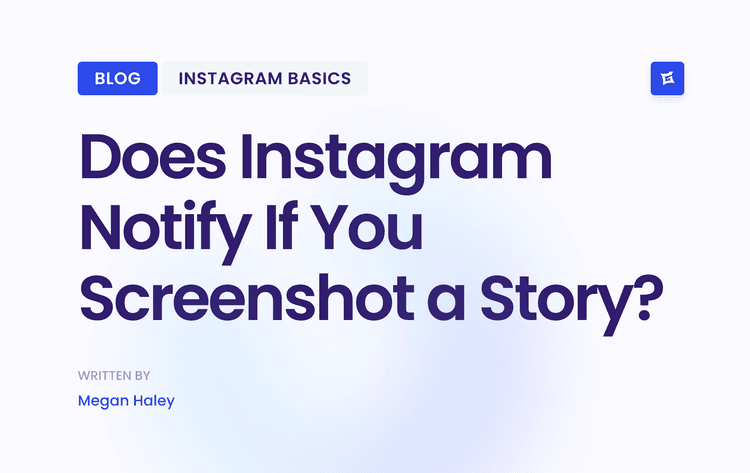The New Rules of Social Media Targeting
Why Broad Reach Falls Short
Traditional broad-reach campaigns often miss the mark. They try to appeal to everyone, resonating with no one. Think about trying to sell skateboards to everyone from toddlers to grandparents. You might reach a lot of people, but very few will be interested.
This is where social media targeting strategies become essential. They allow you to concentrate on the people most likely to buy your product or service. This targeted approach not only improves efficiency but also builds stronger customer relationships.
Targeting for Specific Objectives
With a well-defined social media targeting strategy, you can achieve specific business objectives. For instance, if your goal is brand awareness, you might target users who follow similar brands or engage with industry-related content.
If direct sales are your aim, you might retarget users who have already visited your website or added items to their shopping cart. Targeting ensures your message is relevant to the audience and aligns with your overall marketing plan.
Social media targeting delivers this level of customization. It allows for a level of precision not possible with older, broader strategies. It’s about getting the right message to the right people at the right time.
A key metric for gauging success is the engagement rate. This measures how actively users interact with your content. A high engagement rate, indicated by likes, shares, comments, and clicks, shows that your content is resonating. It’s calculated by dividing total interactions by follower count or impressions.
Effective targeting also involves refining your content based on engagement data. Learn more about improving your social media marketing strategy here. By analyzing this feedback, you can continually optimize your campaigns and cultivate deeper relationships with your target audience.
The Building Blocks of Successful Targeting
What sets a successful strategy apart? It boils down to four core elements: audience research, selecting the right social media platforms, developing compelling content, and ongoing performance analysis.
Each element contributes to maximizing the impact of your campaigns. By mastering these components, you can create a social media strategy that delivers real results. In the following sections, we'll explore each of these aspects in more detail.
Audience Research That Drives Results
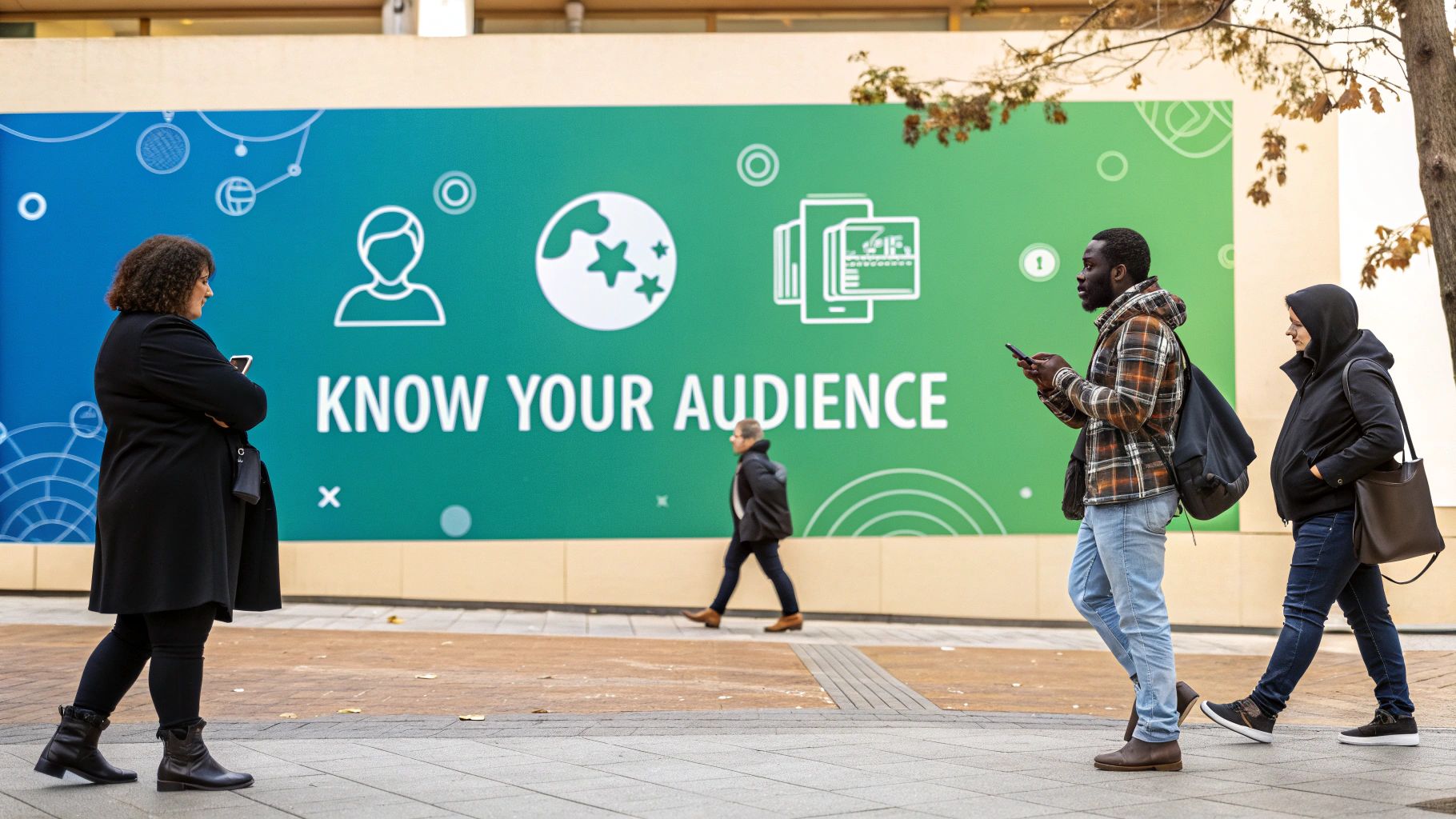
Effective social media targeting relies on a deep understanding of your audience. It's about going beyond basic demographics to uncover their motivations, pain points, and how they make decisions. This section outlines a systematic approach to audience research that can rebuild your social media strategy.
Mining Your Existing Customer Data
Existing customer data is a valuable resource for understanding audience behavior. Analyzing past purchases can reveal trends in product popularity and buying cycles. This information allows you to anticipate future demand and tailor your social media campaigns accordingly.
Website analytics tools like Google Analytics provide further insights. They can show which content resonates with your audience, what drives conversions, and which pages keep visitors engaged. This data is essential for crafting targeted social media content that meets existing customer needs.
Developing Detailed Buyer Personas
Buyer personas are fictional representations of your ideal customers. They provide a detailed picture of your target audience, going beyond demographics to encompass psychographics like values, interests, and lifestyle. This deeper understanding helps you create more relevant and engaging content.
A well-defined buyer persona includes information about the individual's goals, challenges, and online behavior. Knowing where your target audience spends their time online is critical for platform selection. This ensures your message reaches the right people on the right platforms.
Utilizing Social Listening, Surveys, and Analytics Platforms
Social listening tools track conversations and mentions related to your brand or industry. This provides real-time feedback on audience sentiment and emerging trends. Tools like Brand24 can help you identify potential influencers and monitor brand reputation.
Surveys provide a direct way to gather in-depth audience information. Ask questions about their preferences, pain points, and needs. Platforms like SurveyMonkey offer a wide range of survey tools and templates. This direct feedback is crucial for understanding what truly resonates with your audience.
Analytics platforms offer a wealth of data about your social media audience. They provide insights into demographics, interests, and engagement patterns. Platforms like SproutSocial allow you to track key metrics and optimize your social media strategy. For instance, you can identify which content performs best and when engagement is highest.
To further enhance your understanding of audience research and its impact on social media strategy, consider the various research methods outlined in the following.
Essential Audience Research Methods Comparison
Analyzing Existing Customer Data
Cost: Low
Time Investment: Low
Data Quality: Medium
Implementation Difficulty: Low
Best For: Understanding current customer behavior
Developing Buyer Personas
Cost: Low
Time Investment: Medium
Data Quality: High
Implementation Difficulty: Medium
Best For: Defining your ideal customer
Social Listening
Cost: Medium
Time Investment: Low
Data Quality: Medium
Implementation Difficulty: Low
Best For: Monitoring brand reputation and industry trends
Surveys
Cost: Low to Medium
Time Investment: Medium
Data Quality: High
Implementation Difficulty: Medium
Best For: Gathering direct feedback on specific questions
Social Media Analytics Platforms
Cost: Medium
Time Investment: Low
Data Quality: High
Implementation Difficulty: Low
Best For: Tracking key metrics and optimizing campaign performance
This summarizes the key differences between various audience research methods. The most effective approach often involves a combination of these methods to gain a comprehensive understanding of your target audience.
Check out our guide on social media growth strategies for more information.
Bringing It All Together: Building a Targeted Strategy
Combining data from various sources allows you to build a highly targeted social media strategy. This approach ensures your message reaches the right people at the right time. Precise targeting leads to higher engagement, improved conversion rates, and a stronger return on investment (ROI).
By understanding your audience, you can create content that resonates and builds relationships. This lays the foundation for successful social media marketing. Ultimately, a deep understanding of your audience drives meaningful results.
Platform-Specific Targeting That Converts
Solid audience research forms the bedrock of any successful marketing campaign. Equally crucial is understanding each social media platform's unique targeting capabilities. Choosing the right platform is paramount—it's about selecting the right tool for the job.
Understanding Platform Strengths and Weaknesses
Each platform attracts different demographics and offers specific targeting options. This understanding is fundamental to a successful social media targeting strategy. For example, LinkedIn excels at reaching professionals and decision-makers. Meanwhile, TikTok is the go-to platform for engaging a younger, trend-focused audience. Picking the wrong platform can lead to wasted ad spend and missed opportunities.
Social Media Platform Targeting Capabilities
To help you choose the right platform for your campaign, the following summarizes the targeting options available on major social media channels.
Facebook/Instagram
Demographic Options: Age, gender, location, relationship status, education, workplace
Interest Targeting: Interests, hobbies, pages liked, groups joined
Behavioral Targeting: Purchase behavior, website activity, app usage
Custom Audiences: Website visitors, customer lists, app users
Lookalike Options: Yes
Demographic Options: Job title, industry, company size, seniority, skills, education
Interest Targeting: Groups, professional interests
Behavioral Targeting: Company follower activity, job changes
Custom Audiences: Website visitors, customer lists, email subscribers
Lookalike Options: Yes
Demographic Options: Interests, keywords, followers of specific accounts, events
Interest Targeting: Hashtags, conversations
Behavioral Targeting: Website activity, app usage
Custom Audiences: Website visitors, customer lists, Twitter followers
Lookalike Options: Yes
TikTok
Demographic Options: Age, gender, location, interests
Interest Targeting: Hashtags, trending topics, in-app behavior
Behavioral Targeting: Video views, engagement metrics
Custom Audiences: Website visitors, app users
Lookalike Options: Yes
Demographic Options: Interests, keywords related to products and services
Interest Targeting: Boards followed, pins saved
Behavioral Targeting: Purchase behavior, website activity
Custom Audiences: Website visitors, customer lists
Lookalike Options: Yes
This highlights the diverse targeting options available across various social media platforms. Choosing the right platform depends on your specific target audience and marketing objectives.
Implementing Platform-Specific Strategies
Mastering the technical nuances of each platform is essential. Each has its own ad manager and campaign setup process. A well-defined social media targeting strategy considers these platform-specific requirements. This ensures your campaigns are optimized for maximum effectiveness.
Facebook and Instagram: Detailed Targeting Options
Facebook and Instagram, with their vast combined user base, offer highly granular targeting. You can target users based on demographics, interests, behaviors, and significant life events. This precision allows for hyper-targeted campaigns tailored to specific customer segments. Lookalike audiences on these platforms also help expand your reach.
LinkedIn: Reaching Professionals and Decision-Makers
LinkedIn is a professional networking platform offering unique targeting options ideal for B2B marketing. You can target users by job title, industry, company size, and years of experience. This ensures your message reaches key decision-makers, making LinkedIn invaluable for lead generation.
Twitter: Engaging in Real-Time Conversations
Twitter’s fast-paced nature makes it ideal for real-time engagement. Targeting options focus on interests, keywords, and followers of specific accounts. This allows brands to join relevant conversations and connect with users discussing industry-related topics.
TikTok: Connecting With a Trend-Focused Audience
TikTok skews towards a younger demographic, making it perfect for reaching Gen Z and Millennials. Targeting options prioritize interests, hashtags, and in-app user behaviors. This makes TikTok excellent for driving brand awareness and engaging a visually driven audience.
Pinterest: Inspiring and Driving Purchase Decisions
Pinterest, a visual discovery platform, focuses on interests and keywords related to products and services. Users often seek inspiration and ideas on Pinterest, making it powerful for driving purchase decisions. Targeting options based on keywords, interests, and saved pins make Pinterest highly effective for reaching consumers actively looking for products.
The growing reliance on social media advertising for targeted campaigns reflects its increasing influence on marketing strategies. Global social media ad spending saw a 140% increase between 2019 and 2024, reaching $234.14 billion in 2024. Projections estimate that this figure will surpass $345 billion by 2029, emphasizing the critical role of targeted ads. Find more statistics here.
Creating Content That Resonates With Each Segment

A well-defined social media targeting strategy is only as effective as the content it delivers. This means crafting messages that speak directly to the unique needs and interests of each audience segment. This section explores how successful brands accomplish this without compromising their core identity.
Maintaining Brand Cohesion Across Segments
Consistency is paramount to building a recognizable brand. While adapting content for different audiences is essential, maintaining a consistent brand voice, visual style, and core message is crucial. This creates a unified brand experience across all platforms and for all segments.
For instance, a brand known for its witty and lighthearted tone should retain that humor even when communicating with diverse customer groups. The specific jokes might be tweaked slightly, but the overarching brand personality should remain instantly identifiable.
Personalizing Content for Scalability
Personalization doesn't have to be overly complicated. Even with constrained resources, brands can personalize content effectively. One method is to create content pillars centered on the key interests of your various audience segments. This approach lets you develop content variations that resonate with each group.
Imagine a fitness apparel brand. They might establish content pillars for runners, yogis, and weightlifters. This framework allows them to create targeted messages within each specific category, addressing the particular needs and interests of each group.
Another effective strategy is to leverage user-generated content (UGC). UGC has a powerful impact on social media targeting. Studies show it's 9.8 times more effective than influencer content at influencing purchasing decisions. Brands that incorporate UGC see a 29% lift in conversions compared to those that don't. UGC fosters authenticity and relatability, which boosts audience engagement and drives those valuable conversions. Learn more about these compelling statistics here.
Testing and Mapping Content to the Customer Journey
Regularly testing content performance is vital for optimizing your social media targeting strategy. A/B testing different headlines, visuals, and calls to action can reveal what resonates most effectively with each audience segment.
Further, mapping content types to the customer journey ensures you’re delivering the appropriate message at each stage. This could involve using educational content for awareness, product demonstrations for consideration, and customer testimonials for the final conversion. Each piece of content plays a vital role in guiding the customer toward a purchase.
From Awareness to Advocacy: Nurturing Relationships
Content plays a crucial role in building and strengthening relationships with your audience throughout their journey. During the awareness stage, the focus is on introducing your brand and grabbing attention. As customers transition to the consideration stage, content should concentrate on providing valuable information and showcasing the benefits of your product or service.
Finally, in the decision/action stage, the content should encourage conversions and foster loyalty. By thoughtfully mapping content to each stage, you create a seamless and positive customer experience. This nurtures long-term relationships and cultivates customer advocacy, turning satisfied customers into brand champions.
Advanced Targeting Techniques That Your Competitors Miss
Many brands rely on basic social media targeting, but exceptional results come from more advanced techniques. These strategies help connect with your ideal audience and achieve a competitive edge. Let's explore some of these approaches.
The Power of Retargeting
Retargeting re-engages users who have interacted with your brand but haven't converted. For example, someone who added an item to their cart but didn't purchase it can see targeted ads reminding them of their interest. This capitalizes on existing interest and improves conversion rates.
Retargeting campaigns are highly effective at bringing back potential customers. By reminding them of your products or services, you stay top-of-mind and encourage them to complete their purchase.
Lookalike Audiences: Expanding Your Reach
Lookalike audiences help you reach new prospects who share characteristics with your best customers. It's like cloning your ideal customer profile. These audiences are created by analyzing customer data and finding users with similar demographics, interests, and behaviors. This expands your reach to highly qualified leads.
Building lookalike audiences targets individuals likely interested in your offerings based on similarities with your current customer base. This broadens your reach and attracts new customers aligned with your target market.
Sequential Targeting: Delivering the Right Message at the Right Time
Sequential targeting delivers messages based on a user's previous interactions. This approach allows progressively refined messaging as users move through the sales funnel. It's like telling a story, each interaction building upon the last.
Imagine a user clicking an ad for a free trial. The next ad they see could focus on premium version benefits, followed by testimonials. This creates a personalized experience and boosts conversion potential.
Cross-Platform Targeting for Seamless Experiences
A cross-platform social media targeting strategy ensures consistent messaging across different social media channels. For instance, if someone interacts with your brand on Instagram, you can target them with related content on Facebook. This creates a seamless experience and reinforces your message across various touchpoints.
This strategy is crucial for reaching users on multiple platforms. Maintaining consistent brand visibility and delivering relevant content creates a cohesive and engaging experience. This strengthens brand recognition and encourages conversions. Learn more in our article about how to measure social media success.
Implementation, Pitfalls, and Expectations
Implementing these advanced targeting techniques requires careful planning and execution. Understanding each platform's capabilities and accurately tracking performance is vital. Potential pitfalls exist, such as overly aggressive retargeting, which can annoy potential customers.
Setting realistic performance expectations is also important. While these techniques can significantly improve results, they aren't magic bullets. Consistent testing, optimization, and analysis are key to long-term success. By understanding each technique and continuously refining your approach, you can achieve impressive results and stay ahead of the competition in social media marketing.
Measuring What Matters in Your Targeting Strategy

Shifting from intuition to a data-driven targeting approach is vital for social media success. This means identifying key performance indicators (KPIs) that truly reflect your targeting performance. These KPIs move beyond vanity metrics like follower counts and delve into actionable insights.
Beyond Vanity Metrics: Focusing on Actionable Insights
A high follower count may seem impressive, but it doesn't always equate to business results. Instead, concentrate on metrics directly impacting your bottom line, such as segment-specific engagement quality. This involves analyzing how different audience segments interact with your content.
Are certain demographics more prone to commenting, sharing, or clicking website links? Understanding these nuances is key.
Track conversion rate variations across different targeted campaigns. This reveals which targeting parameters effectively drive desired actions. These actions could include newsletter sign-ups or purchases. This knowledge allows for data-backed adjustments to your social media targeting strategy.
Consider customer acquisition cost (CAC) efficiency. Targeting helps reach a more qualified audience, potentially lowering your CAC. Tracking CAC across campaigns optimizes ad spending, ensuring maximum value from your budget. This optimization is crucial for sustainable growth.
A/B Testing and Regular Audience Analysis
Meaningful A/B tests are vital for refining targeting parameters. Test different variations of criteria, such as age, interests, or behaviors. See which combinations yield the best results. This iterative process promotes continuous improvement.
Regular audience analysis is equally important. Social media audiences constantly evolve. Reviewing audience demographics, interests, and behaviors helps identify emerging opportunities. Adapt your targeting accordingly. This proactive approach ensures that your strategy remains relevant and effective. You might be interested in how to master social media ROI calculation.
Optimizing Ad Spend and Building Effective Tracking Systems
Allocate ad spend based on real performance data. If a segment consistently delivers high conversion rates, increase your ad spend there. If a segment underperforms, adjust your targeting or reallocate resources to more effective areas. This data-driven approach maximizes ROI.
Successful brands prioritize tracking systems that provide actionable insights, not vanity metrics. Set up tracking mechanisms that measure the metrics most relevant to your business goals. These might include tracking conversions, website traffic, or lead generation, depending on your objectives.
Continuous Optimization for Long-Term Success
Implementing continuous optimization cycles is key for consistently improving targeting effectiveness. Regularly review your data, adjust your strategy, and test new approaches. This ongoing process keeps your social media targeting strategy aligned with business objectives. It also delivers long-term results.
Ready to build your Instagram account with organic follower growth? Gainsty, the AI-powered social assistant, helps you connect with your ideal audience and achieve real results. Visit Gainsty today to learn more and start growing your Instagram following organically.

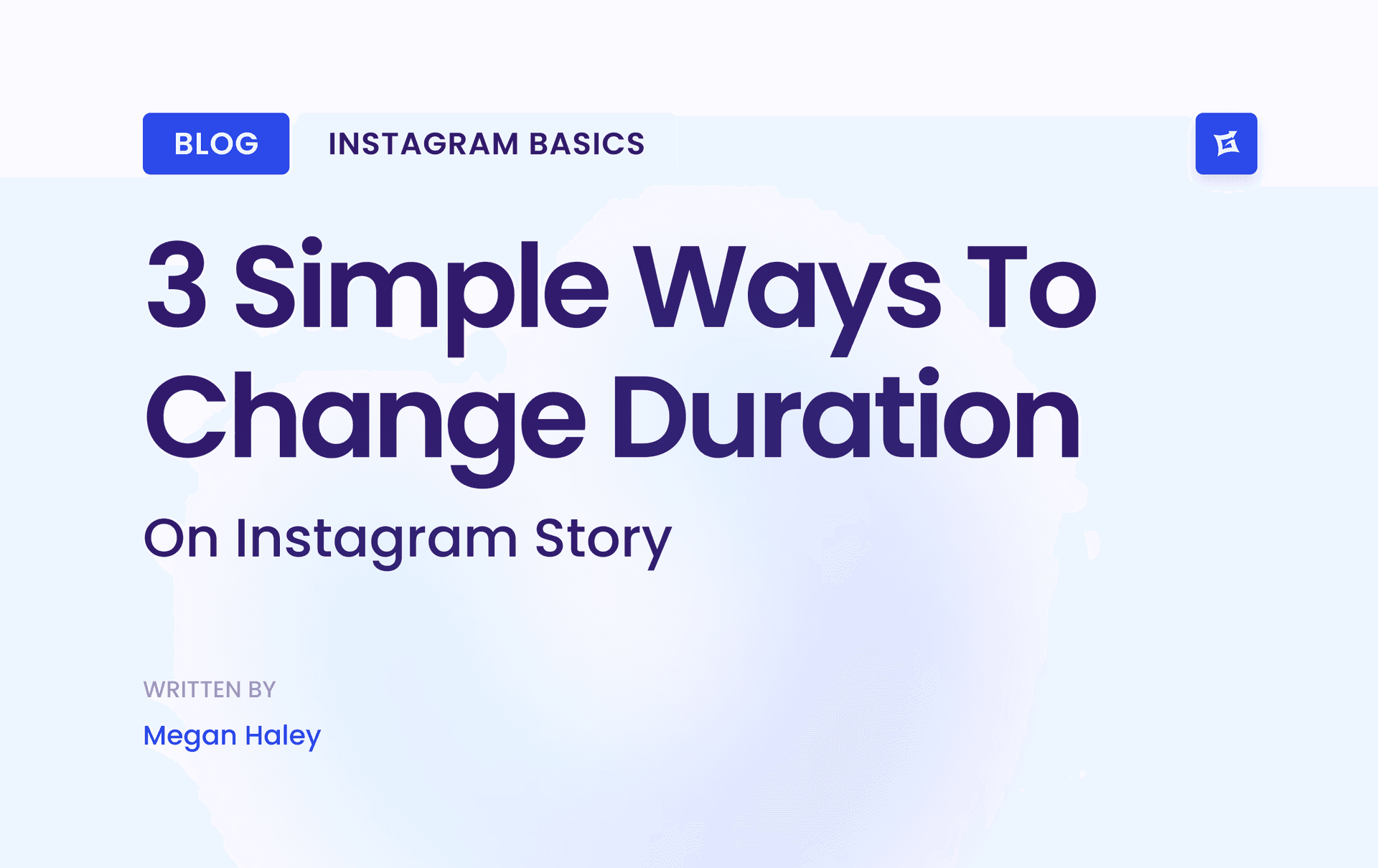
.png&w=1920&q=75&dpl=dpl_9XSWKBjhcBN6v6b1SN7m3p1WWjfr)
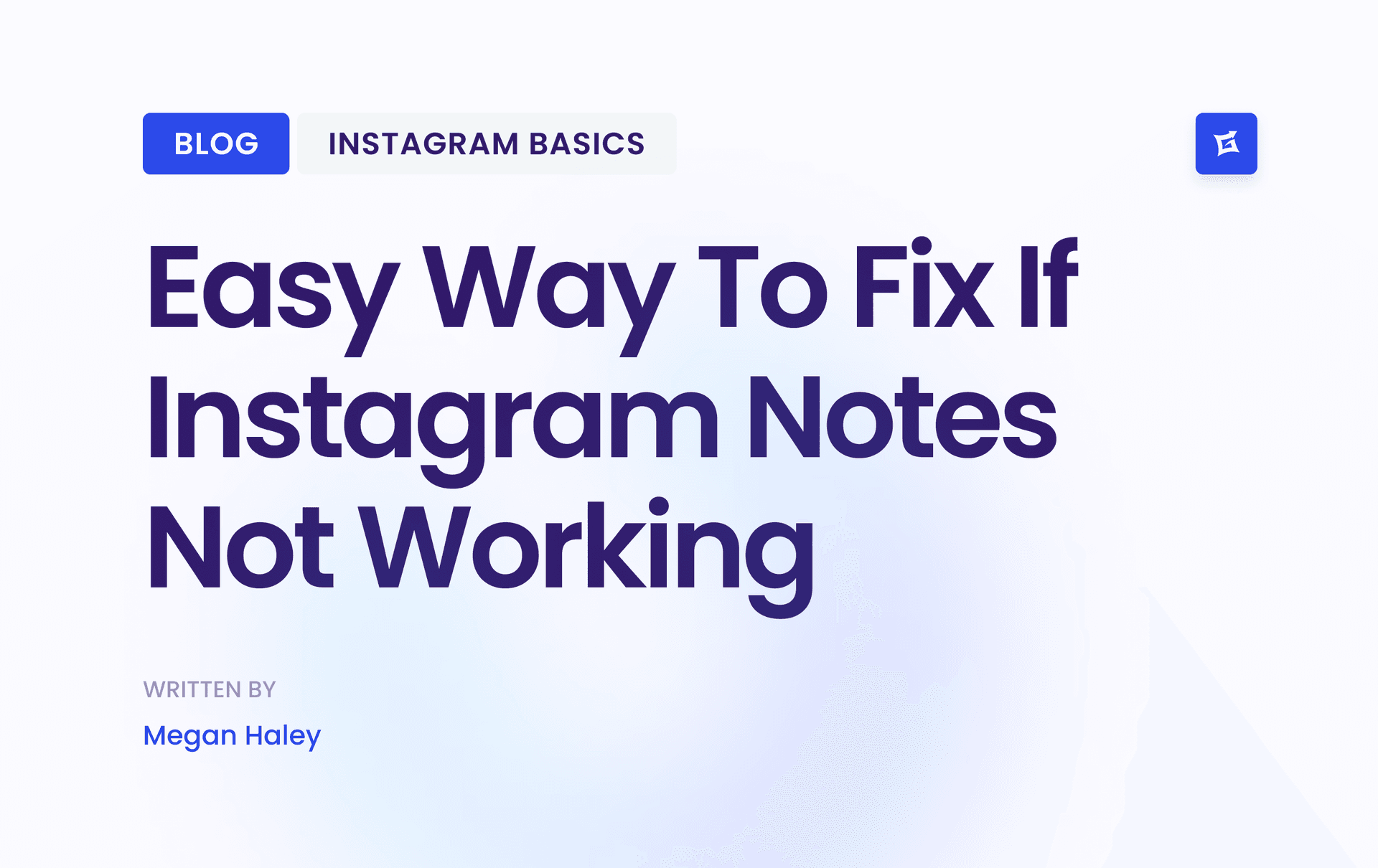
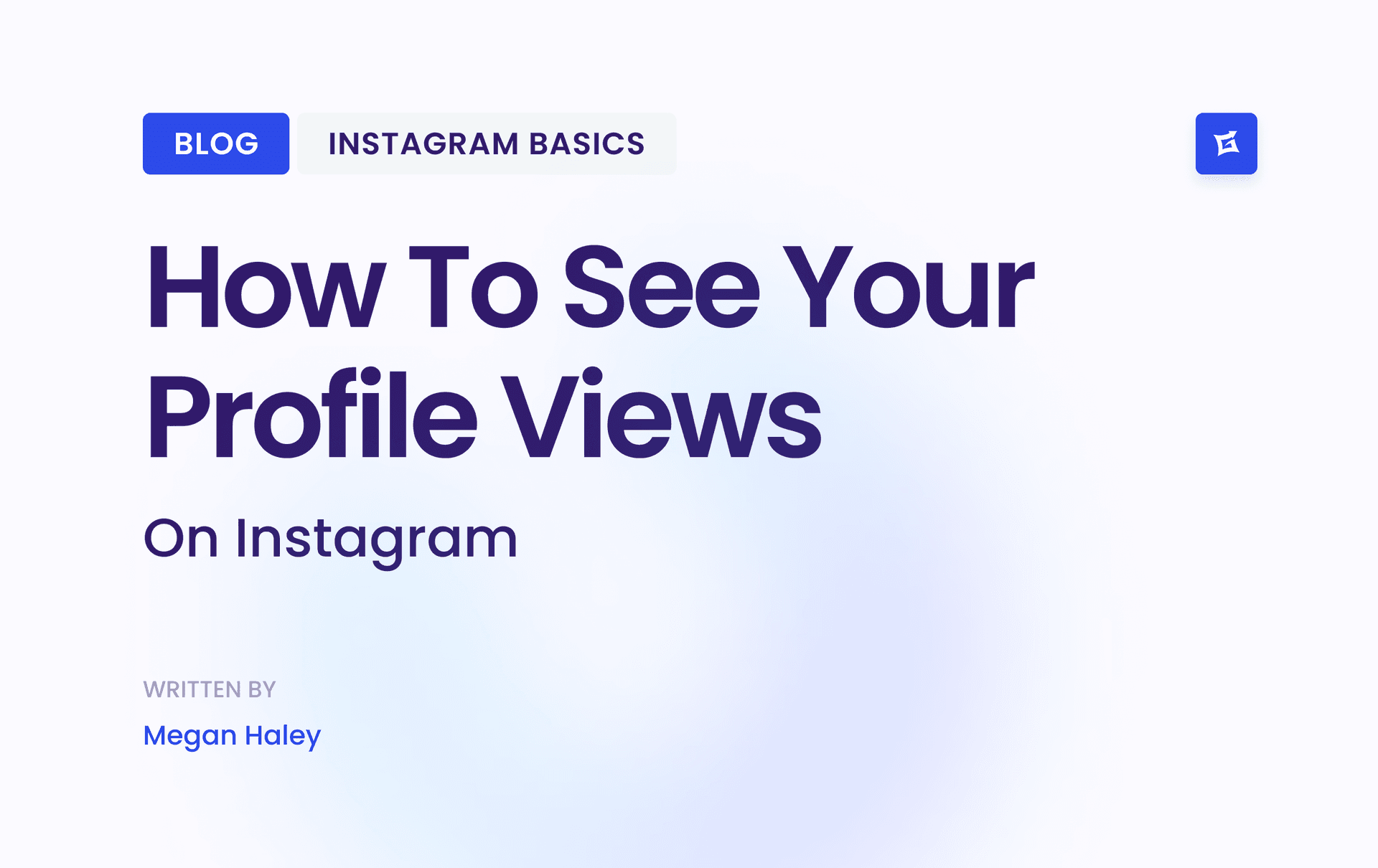
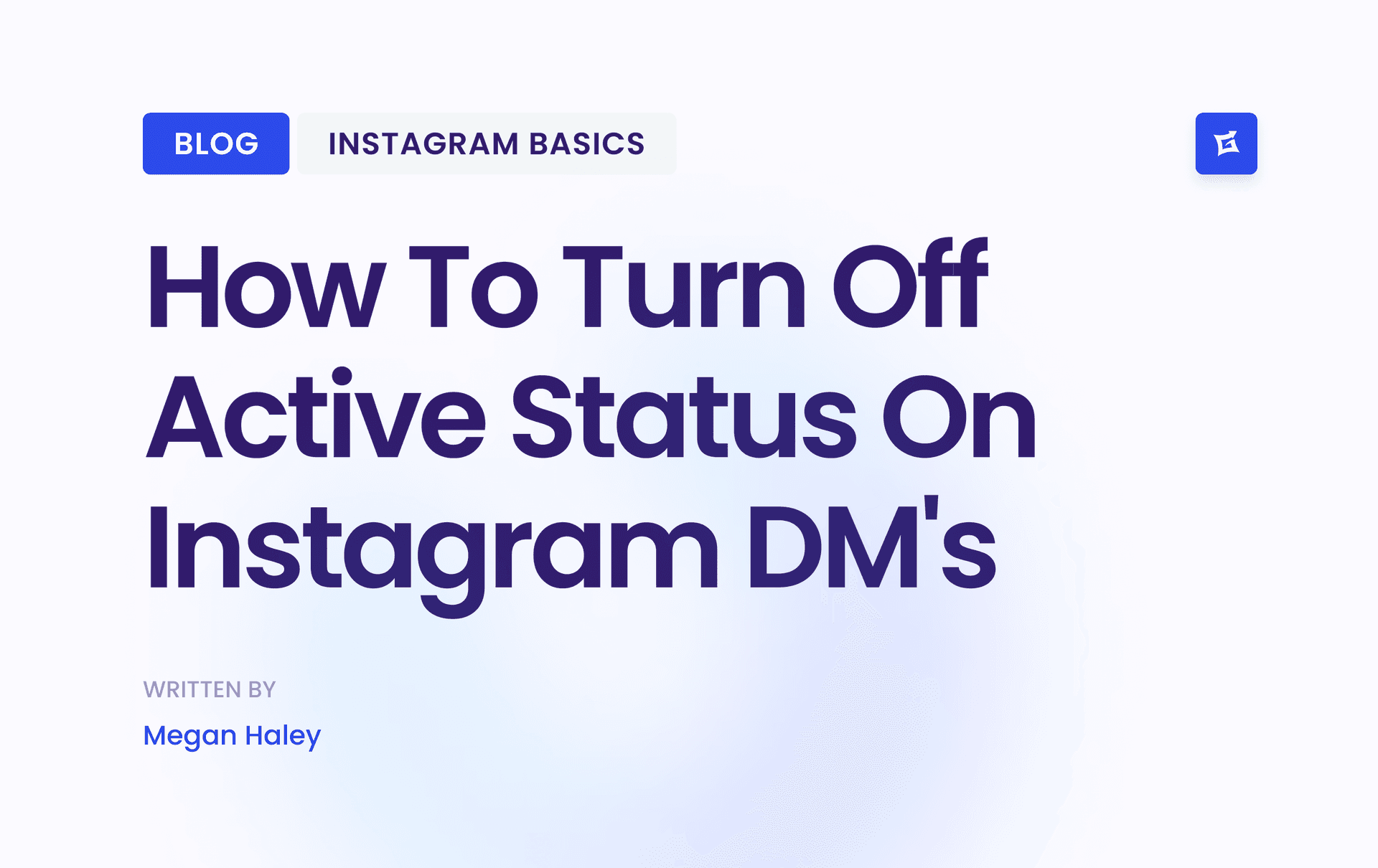




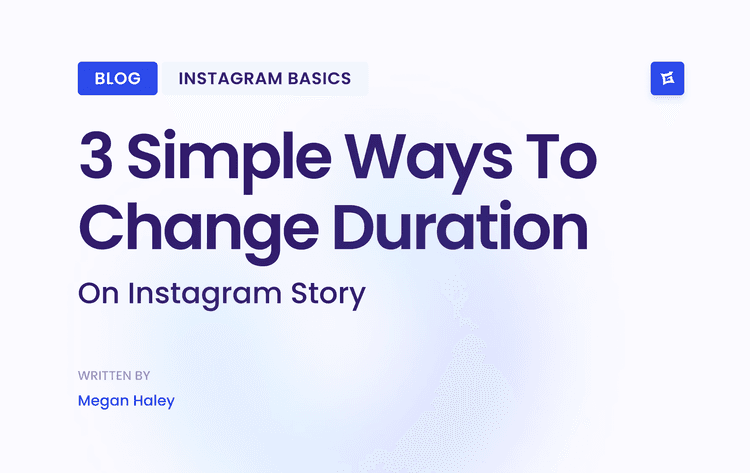
.png&w=750&q=75&dpl=dpl_9XSWKBjhcBN6v6b1SN7m3p1WWjfr)
